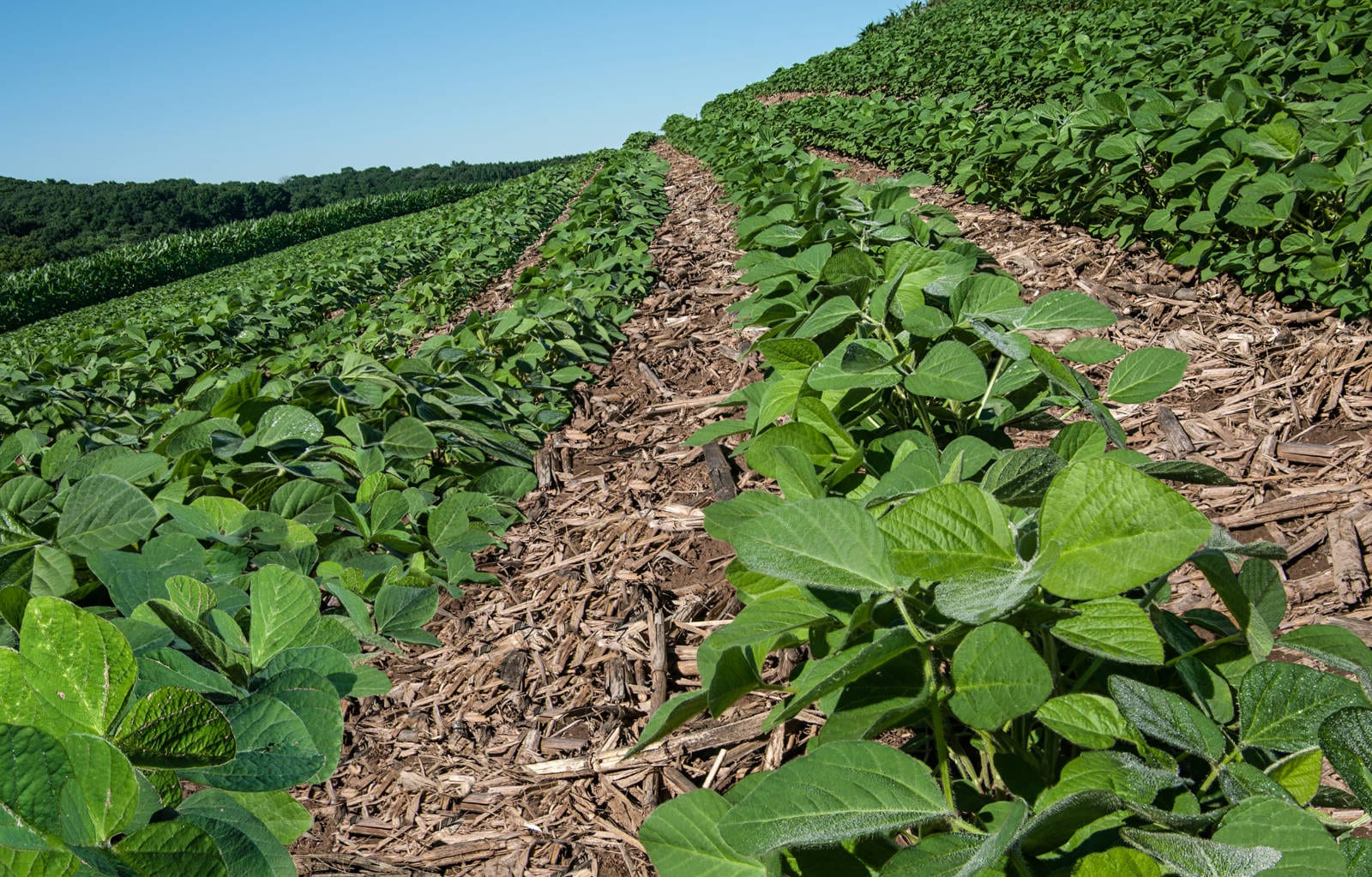The U.S. Department of Agriculture (USDA) issued its key annual Prospective Plantings report on Friday, March 29. In the report, U.S. farmers were expected to plant 84.617 million acres of soybeans, or roughly 34.244 million hectares. If realized, this would represent a drop of about 5 percent from 2018. Of the 29 states surveyed, farmers in 26 reported that their 2019 seedings will be at or below last year’s levels. Greatest decreases are seen in the northern Plains and central and western Corn Belt. The table that follows shows the history of U.S. soybean plantings in thousand hectares, along with USDA’s Prospective Plantings forecast for reference for 2019.

According to USDA’s National Agricultural Statistics Service (NASS), the numbers are based primarily on surveys of farmer intentions compiled the first two weeks of March. This lends to reason that what was published in late March will not necessarily be indicative of what is ultimately planted this spring. The map that follows was issued a week before the USDA report, and shows the concern for 2019 U.S. spring plantings that have garnered much attention in recent weeks and have thrown an added bit of skepticism particularly to USDA’s corn and soybean estimates. Much of the area seen under either ‘moderate’ or ‘major’ flood categories is centered around key U.S. corn and soybean areas.

In general, U.S. farmers will switch from corn to soybeans in their fields after spring planting delays if possible. This feature has many traders and analysts looking for final 2019 U.S. soybean plantings to exceed the projection issued in the Prospective Plantings report. If planting delays were to extend into early June, then the result would likely be a larger collection of unplanted acres in 2019. Only weather the next two months will determine how many acres are seeded to crops in 2019.
